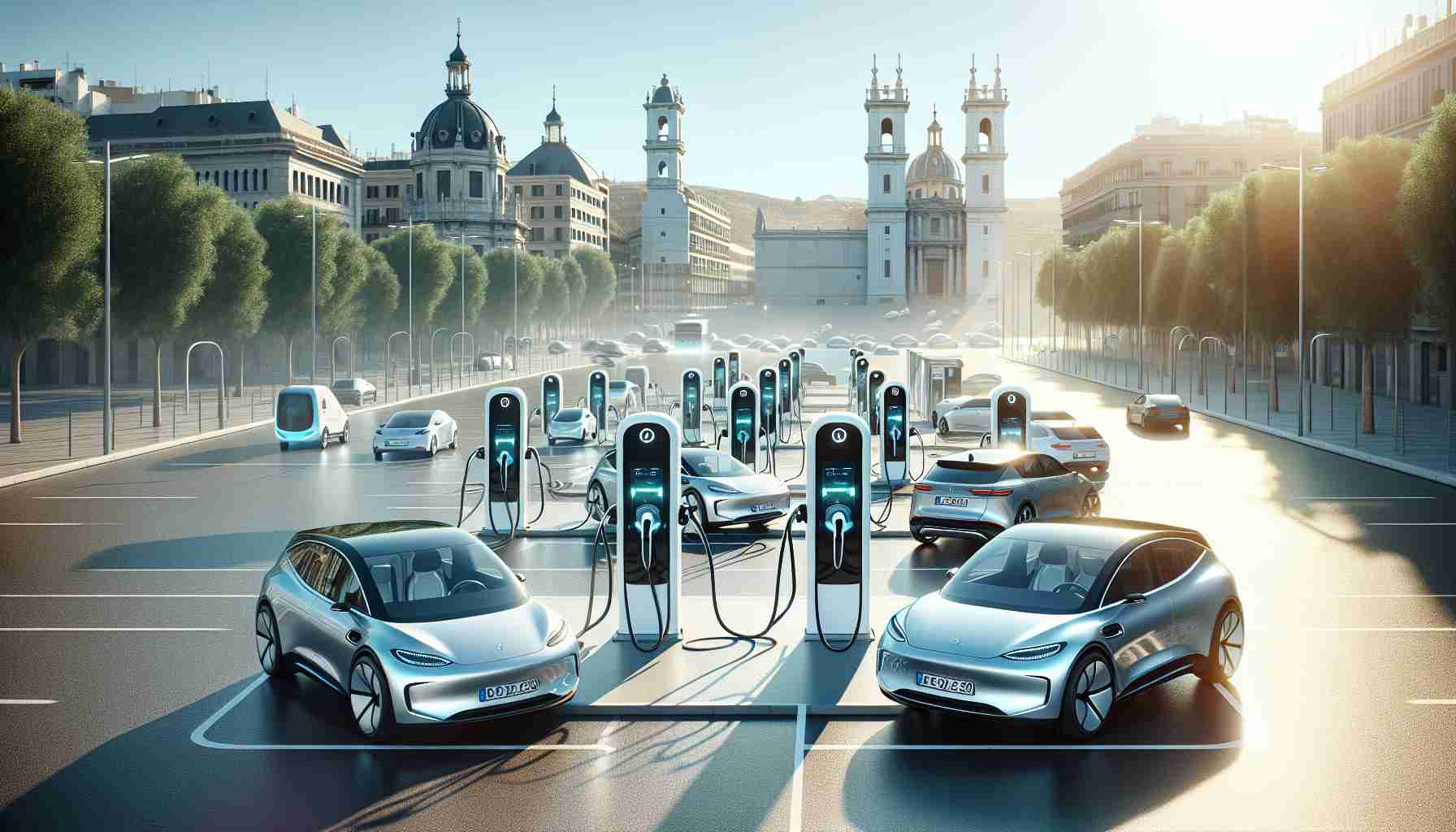Spain’s electric vehicle charging network has experienced substantial growth, reflecting enhanced efforts to accommodate the increasing demand for EVs. Despite facing challenges, the country has seen a surge in the number of charging points, indicating a positive shift towards sustainable mobility.
Data compiled by AEDIVE reveals that Spain currently boasts a total of 37,136 operational public charging points, including slow, fast, and ultra-fast options, as of September 30, 2024. This represents a notable 35.4% increase compared to the previous year, signifying significant progress in expanding the charging infrastructure.
In the third quarter of 2024 alone, 3,031 new public charging points were installed and commissioned, averaging at 1,010 units per month – a record high in the historical data series. Particularly noteworthy is the accelerated growth of 50 kW to 250 kW charging points, which witnessed a remarkable 126% annual increase, alongside a 48% rise in ultra-fast charging points exceeding 250 kW.
Although the growth in charging infrastructure is commendable, several challenges persist. The accessibility and functionality of charging stations remain a concern, with many situated outside major highways, necessitating detours and contributing to travel time inefficiencies compared to traditional petrol stations.
Moreover, the pricing of charging services has seen a noticeable escalation, with rates surpassing 45 cents per kWh for fast charging across various networks. This surge in tariffs underscores the need for Spain to not only expand the quantity but also enhance the strategic placement and affordability of its EV charging network to encourage widespread adoption of electric vehicles.
New Facts and Insights on Spain’s Electric Vehicle Charging Infrastructure Acceleration
While Spain’s electric vehicle charging infrastructure has indeed shown promising growth, there are additional facets that shed light on the evolving landscape of sustainable mobility in the country.
What are the key challenges associated with Spain’s expanding EV charging network?
One of the key challenges is the disparity in charging station distribution, with a concentration in urban areas compared to rural regions. This discrepancy can deter potential EV drivers in less densely populated areas and raises concerns about equitable access to charging facilities nationwide.
Another critical factor is the interoperability of charging networks. As the number of EVs on the roads continues to rise, the seamless integration and compatibility of different charging providers’ systems become imperative to ensure a hassle-free experience for users.
How are businesses and policymakers addressing these challenges?
To tackle the issue of charging station accessibility, there are initiatives underway to incentivize the installation of EV chargers in underserved regions. Companies and local governments are collaborating to identify strategic locations for new charging points, aiming to create a more evenly distributed network across the country.
Moreover, efforts are being made to establish standard protocols for charging infrastructure, fostering interoperability between various networks. By promoting consistent technical specifications and payment mechanisms, stakeholders seek to streamline the user experience and eliminate barriers caused by incompatible systems.
Advantages and Disadvantages of Spain’s EV Charging Network Expansion
Advantages:
1. Reduced emissions: The growth of EV charging infrastructure facilitates a shift towards cleaner transportation, helping mitigate air pollution and combat climate change.
2. Economic opportunities: The expansion of charging networks presents business prospects for service providers, manufacturers, and technology developers in the burgeoning electric mobility sector.
3. Innovation catalyst: The demand for improved charging solutions drives innovation in battery technology, renewable energy integration, and smart grid applications.
Disadvantages:
1. Cost concerns: High electricity prices for fast charging can deter cost-conscious consumers from transitioning to EVs, highlighting the importance of competitive pricing strategies.
2. Grid capacity strain: The rapid proliferation of charging points may strain the existing electricity grid, necessitating investments in grid modernization and demand management solutions.
3. Infrastructure gaps: Uneven distribution of charging stations and gaps in rural areas pose challenges for long-distance EV travel and limit the accessibility of electric vehicles to all demographics.
For more insights on the latest developments in Spain’s electric vehicle domain, visit IDAE.
